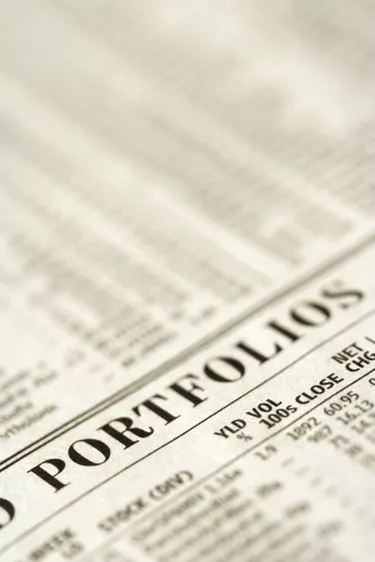
The Modigliani risk ratio, often called M squared, measures the return provided by an investment in the context of the risk involved. In general, the riskier an investment is, the less inclined investors will be to put their money into it. So riskier investments have to offer a higher potential return -- that is, deliver a greater profit if the investment succeeds. Is a 10 percent return on a particular investment good or bad? It depends on how much risk the investor took on, relative to other investments that generate the same return. The Modigliani ratio takes that risk into account.
Step 1
Use a three step process to calculate the return above the risk free rate of return. The risk free rate is often describes as the interest on U.S. government bonds. Assuming the return on a stock investment is nine percent and the risk free rate is three percent, then the excess return is six percent
Video of the Day
Step 2
Solve for the Sharpe Ratio using the excess return from the above calculation and the standard deviation of the investment. In this case, if we assume the standard deviation of the stock is 1.2 times the overall stock market index, the formula is as follows:
Sharpe Ratio = .09/1.2 = 7.5%
Step 3
Solve for the Modigliani Ratio by using the Sharpe Ratio, the risk free rate of return and the standard deviation of a benchmark investment that you are comparing. In this case, we can assume a standard deviation of 0.9 for the benchmark.
Modigliani Ratio = Sharpe X Standard Deviation + Risk Free Rate M^2 = .075 X 0.9 +.03 = 9.75%
Video of the Day